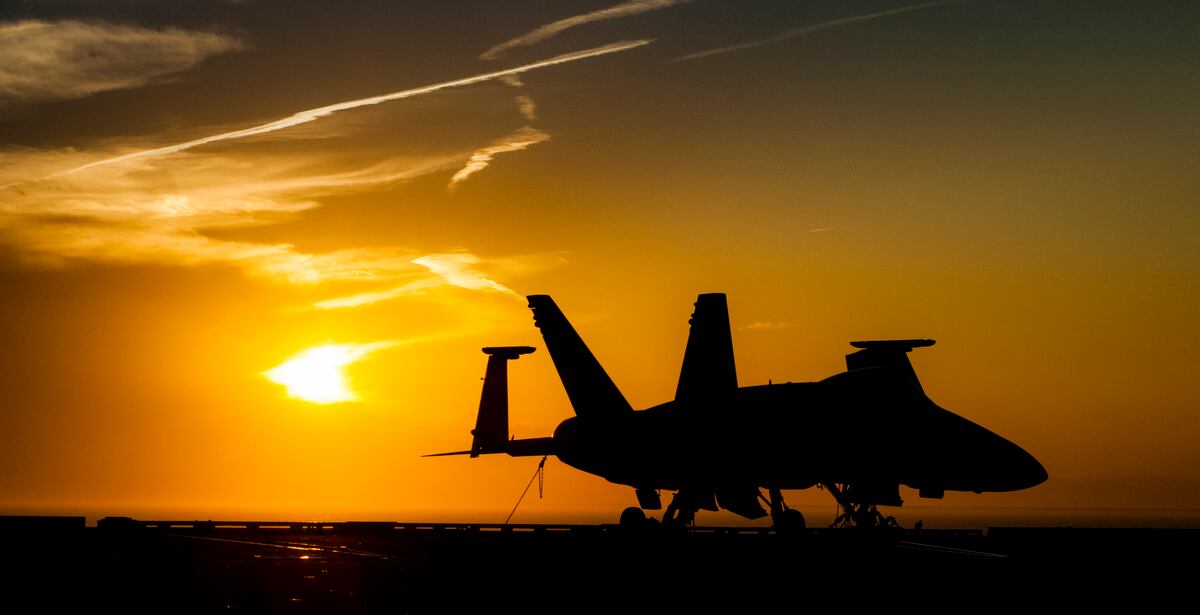DUBAI, United Arab Emirates — Ordered by the White House to the Persian Gulf, the aircraft carrier Abraham Lincoln has become a 100,000-ton barometer of the tensions between Iran and the U.S.
So far, Lincoln and its accompanying ships have yet to enter the gulf through the Strait of Hormuz. It has been filmed by the U.S. Navy on Friday carrying out exercises with other American warships in the Arabian Sea, which is over 1,000 kilometers (620 miles) away.
RELATED

While U.S. military officials aren’t publicly explaining the delay, it may be to calm nerves before the ships pass through the strait, a narrow waterway where Iran often shadows American vessels.
In December, about 30 Iranian Revolutionary Guard vessels trailed the aircraft carrier John C. Stennis and its strike group through the strait as Associated Press journalists on board watched. One small vessel launched what appeared to be a commercial-grade drone to film the U.S. ships.
Other transits have seen the Iranians fire rockets away from American warships or test-fire their machine guns. The Guard’s small fast boats often cut in front of the massive carriers, motoring dangerously close to running into them.
The Guard has perfected so-called "swarm attacks" on carriers, with bomb-carrying drones and sea-to-sea and surface-to-sea missiles in its arsenal.
Iran has increasingly threatened to close the strait if it is unable to sell its own crude oil to the global market as a result of the U.S. pressure campaign following Washington's withdrawal a year ago from the 2015 nuclear deal between Tehran and world powers.
Any transit through the strait also carries the risk of a catastrophic mistake by either side spinning out of control. In 1988, a U.S. warship accidentally shot down an Iranian commercial airliner, killing all 290 on board.




